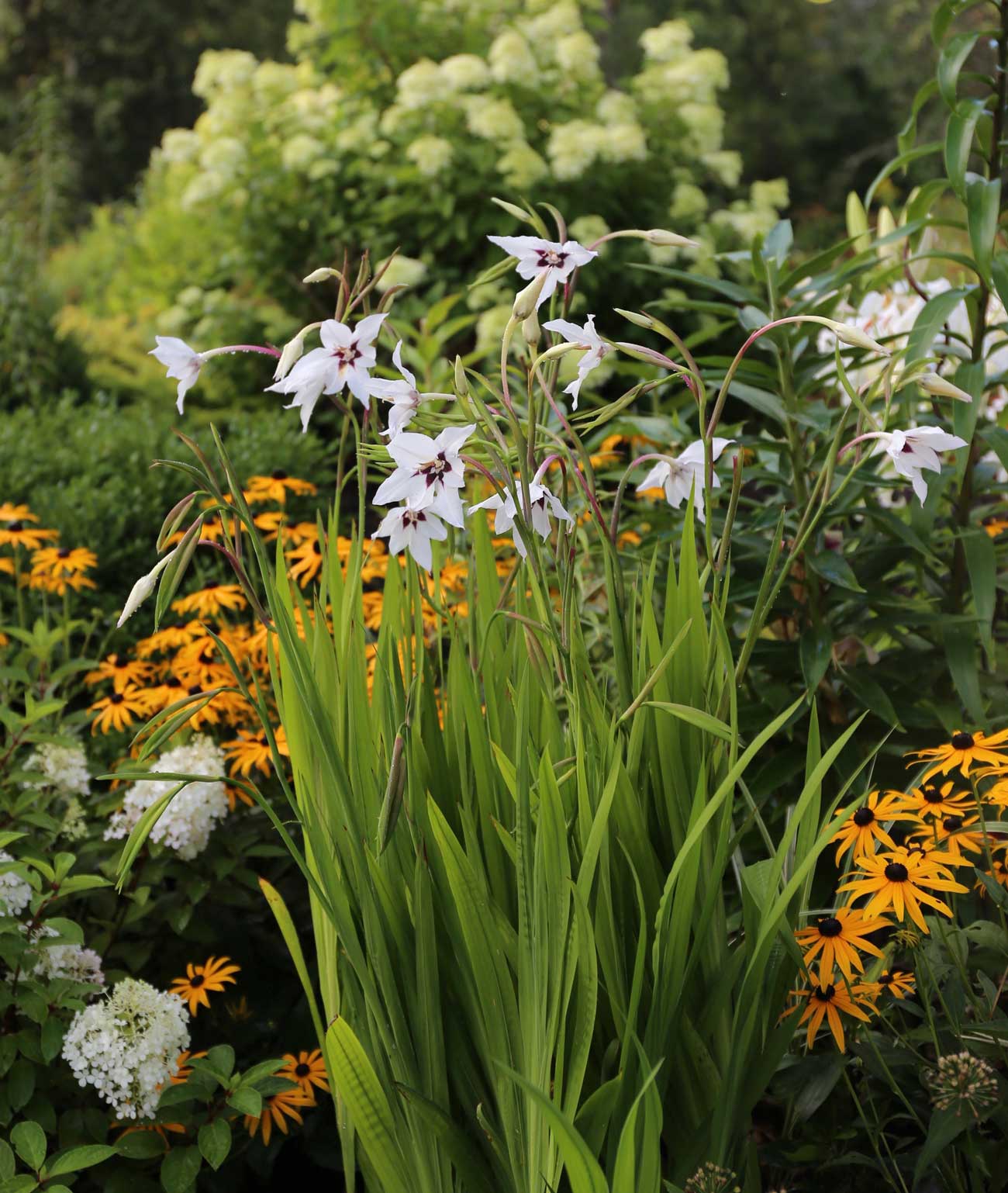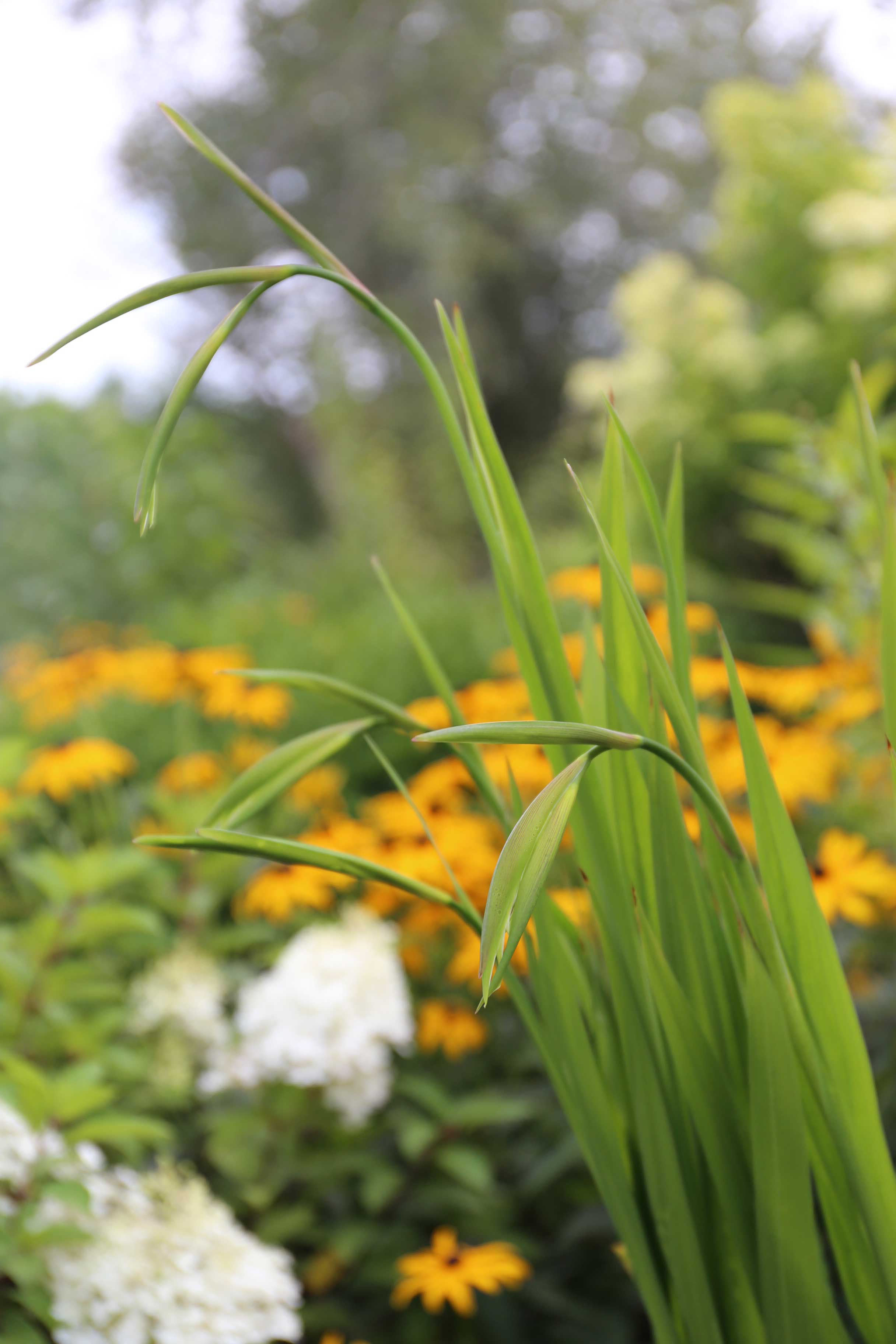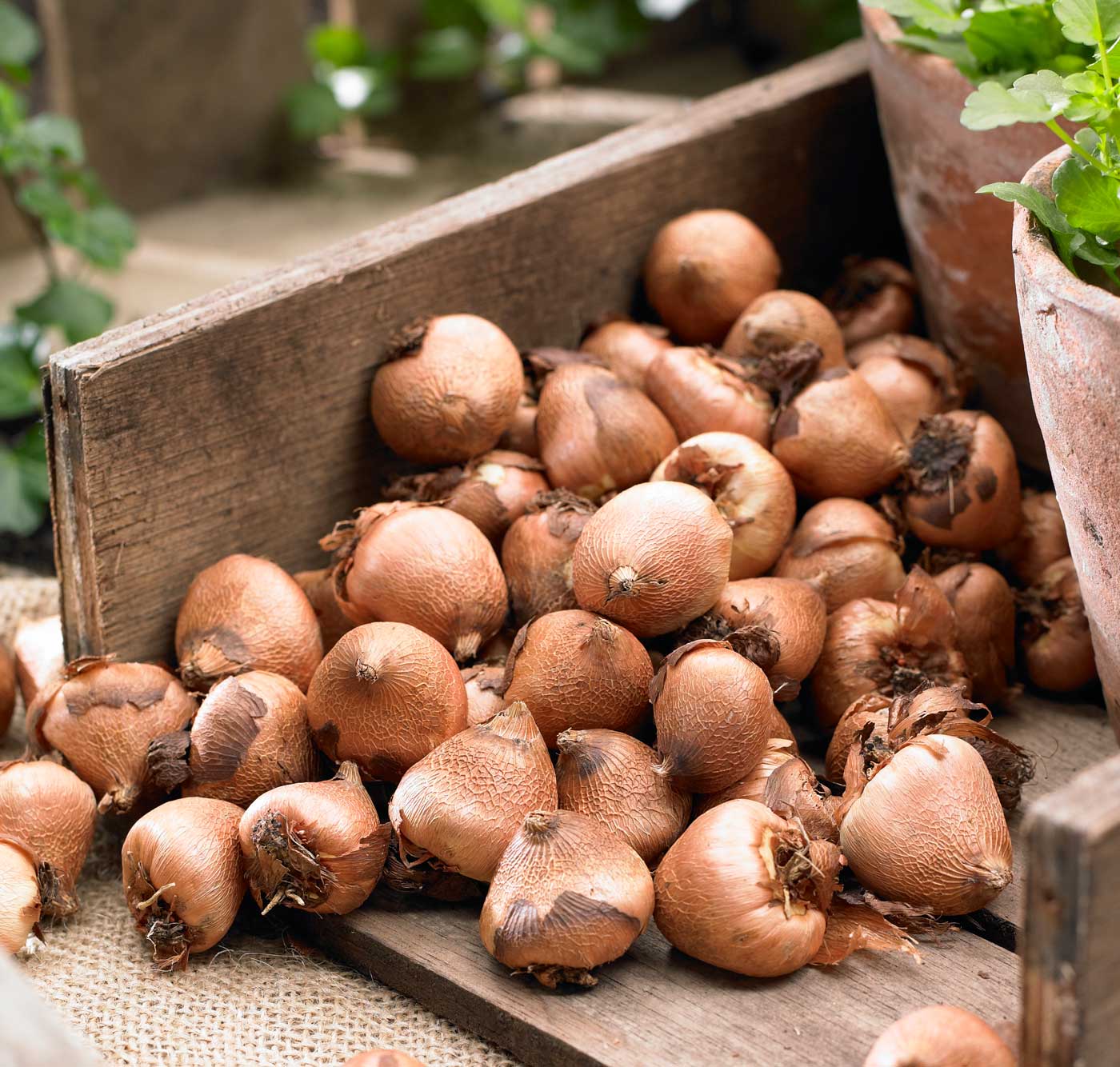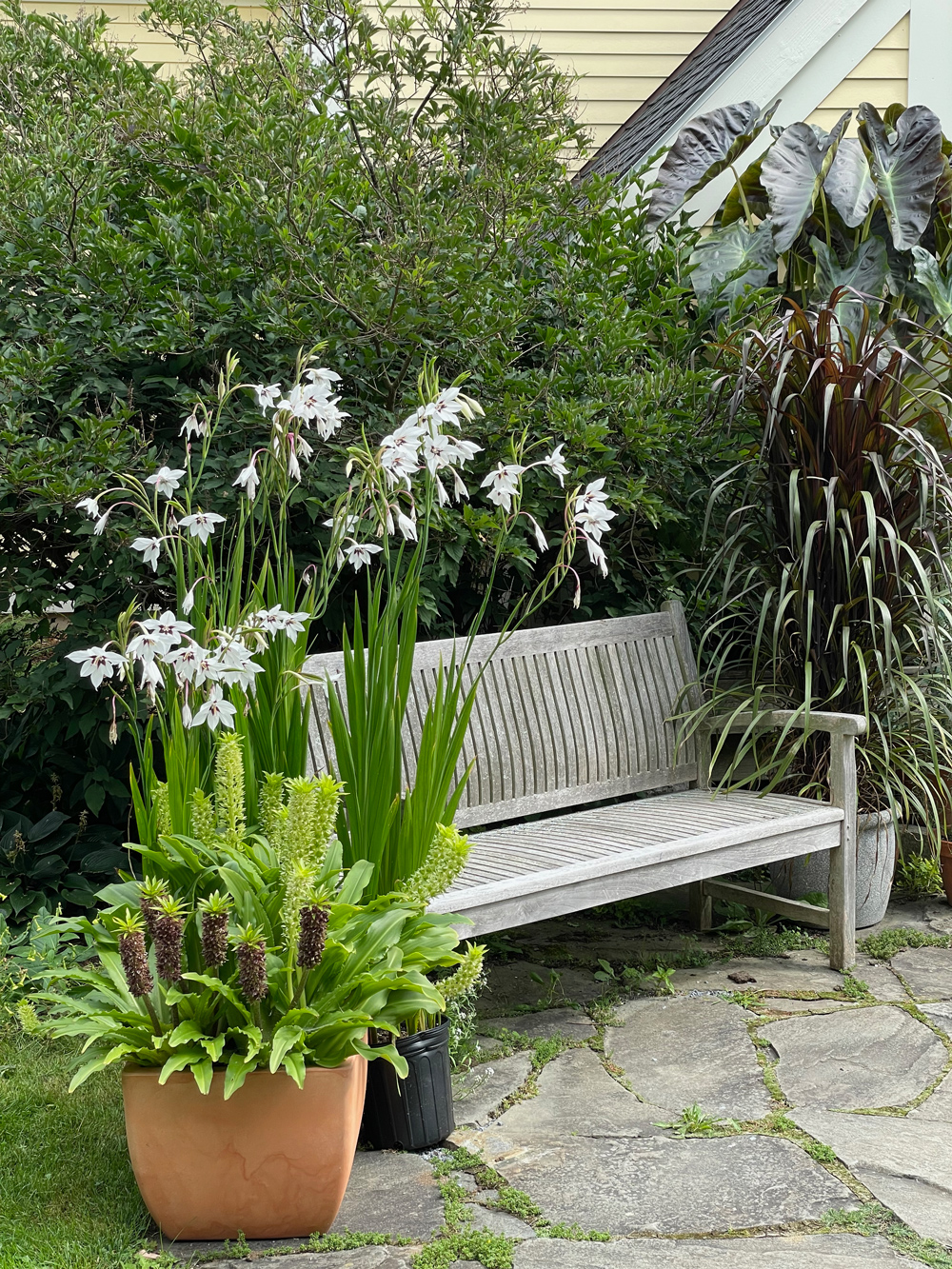Peacock Lilies Provide Unexpected Beauty and Delightful Fragrance
Acidanthera is a summer-blooming bulb that deserves a place in every flower garden. Considering how easy they are to grow, and the affordable price of the bulbs, it's puzzling why so few gardeners grow them.
Being burdened with an awkward name doesn't help. Just ask plants like chionodoxa, crocosmia and lisianthus! And to make matters worse, acidanthera goes by nearly a dozen other names, including peacock lily, gladiolus murielae, gladiolus callianthus, gladiolus acidanthera, acidanthera murielae, acidanthera bicolor, Abyssinian gladiolus, fragrant gladiolus, and sword lily.
So let's ignore the names for a minute and get to know a plant that's destined to become a late summer favorite.

What to Know About Acidanthera
Acidanthera is an African wildflower in the gladiolus family. It grows from small bulbs (corms, actually) that resemble hazelnuts. Plant them in the spring and you'll have flowers blooming about 3 months later -- with almost zero effort along the way.
Since acidanthera is not winter hardy in growing zones 3-6, most gardeners treat it as an annual and plant a fresh batch of bulbs each spring. Another option is to dig up the corms in the fall and bring them indoor as you would for gladiolas.

Elegant Flowers and Foliage
One of the first things to love about Acidanthera is the flowers. They are whiter than white and feature a bold, wine-red blotch at the base of the petals. Together, the six petals form an irregular star that measures about 3” across.
There’s something ethereal about acidanthera's blossoms. They seem to float on their slender stems and will dance in the slightest breeze. The fragrance is deep and mysterious, and like many white flowers, it intensifies as evening approaches. The blossoms only last a few days, but each stem produces a dozen or more buds that open in succession.
Acidanthera's lovely blossoms are complemented by lush, deep green foliage. The leaves have an upright growth habit, similar to the gladiola's, but are thinner and more graceful. Even before the plants come into bloom, they are a nice addition to perennial borders and large containers. With their long, wiry stems, the flowers are excellent for cutting and add a sophisticated touch to any arrangement.

Late Summer Bloom Time
Acidanthera grows slowly during the first half of the season. You will start seeing foliage by July, but the plants don't reach their full, 3-foot height until August. And even then, you may start thinking there will never be any blossoms. But eventually you'll see some slender stems rising up from the base of the plant, and flower buds that peel away and begin to open.
If you plant batches of acidanthera bulbs two weeks apart, starting right around your frost-free date, you can have them blooming from mid-August right through September.

How to Plant Acidanthera
As with most bulbs, acidanthera looks best when planted in groups of 7 or more. Fortunately, that's easy to do because the bulbs are small and inexpensive. You can purchase two dozen bulbs for about $10.
When planting directly in the garden, choose a location with well-drained soil and all-day sun. The corms will not grow in cold soil, so don’t be in a rush to plant. Wait until after the frost-free date for your area.
Loosen the soil 10” deep and then plant the corms 4-6” deep, depending on their size (plant large corms a little deeper than small ones). When choosing a planting location, remember that it may be at least a month before you see much in the way of greenery.

The corms also grow well in containers, including 2- or 3-gallon nursery pots. Start the first batch of bulbs in early May, followed by two more plantings, two weeks apart. Fill the nursery pots with growing mix and plant 8-10 corms per pot. After planting, set the pots aside in a sunny, out-of-the-way location until mid-August.
When the first blooms begin to open, you can move the plants into bare spots in the garden, slip the pots into decorative cachepots, add the plants to containers that are in need of a boost, or simply cluster the pots near your front door where you can enjoy seeing (and smelling) the flowers up close.

Aftercare for Acidanthera
If you live in a cold climate and don't want to toss your acidanthera corms at the end of the growing season, it’s easy to store them from one year to the next. Cut off the spent flower stalks and let the foliage grow until frost. Pull up the plants with the corms attached and let them dry.
Once the foliage is completely dry, cut it off close to the bulbs and put the corms a paper or burlap bag. Store them somewhere dark and dry with good ventilation, at around 60-65°F. If you grew your acidanthera in pots, you can just bring the pots indoors and let the soil dry out. In spring, separate the bulbs and replant.
Note: If you discover baby corms, called cormels, attached to the bulbs, you can simply rub them off. Alternatively, you can plant them in the spring, but it will take several years for them to reach flowering size.
Acidanthera bulbs are available for pre-order starting in January, and are shipped in spring at the proper planting time for your growing zone. To shop for acidanthera bulbs, click HERE.
